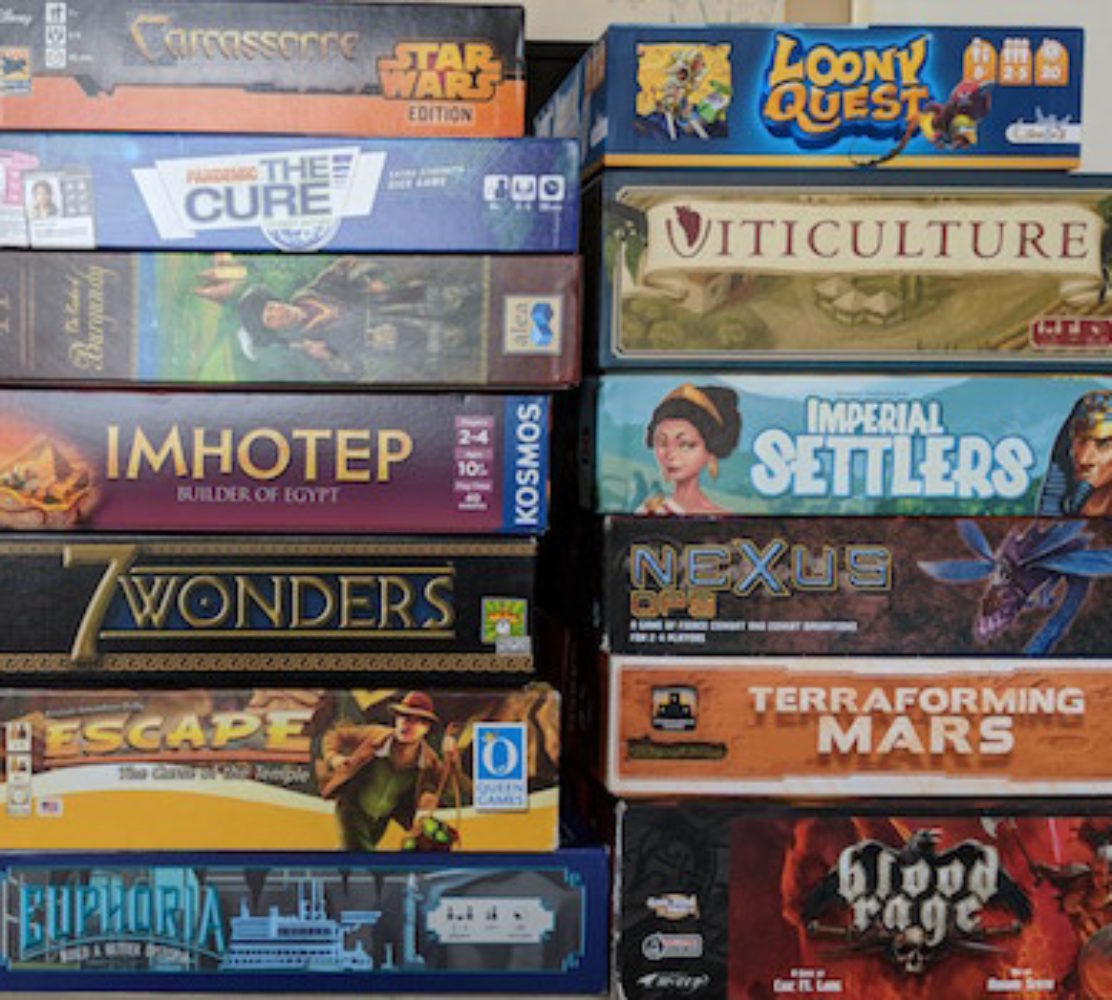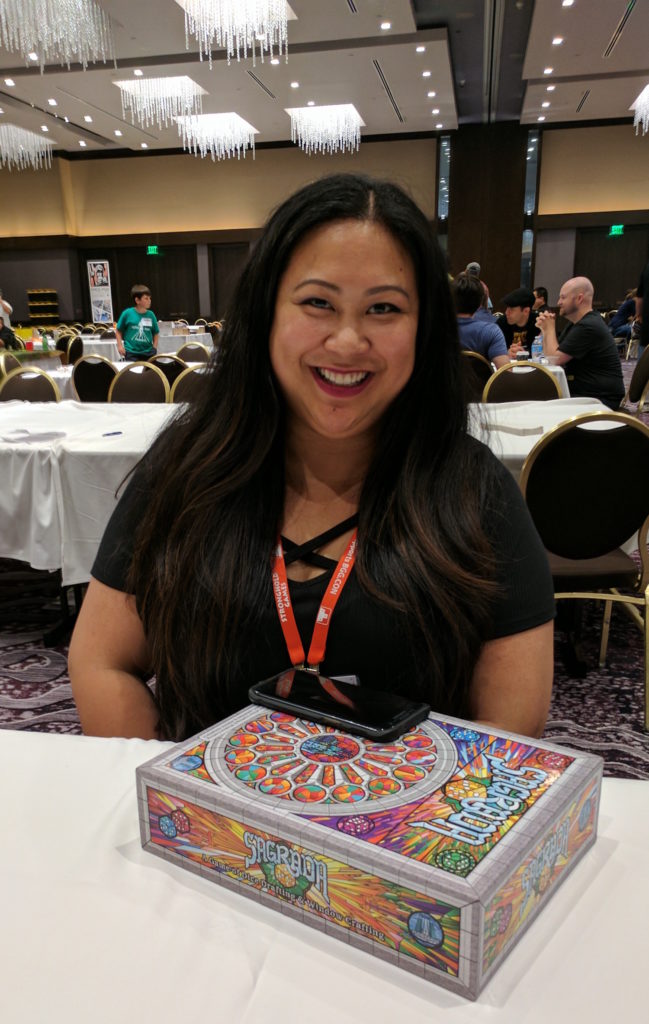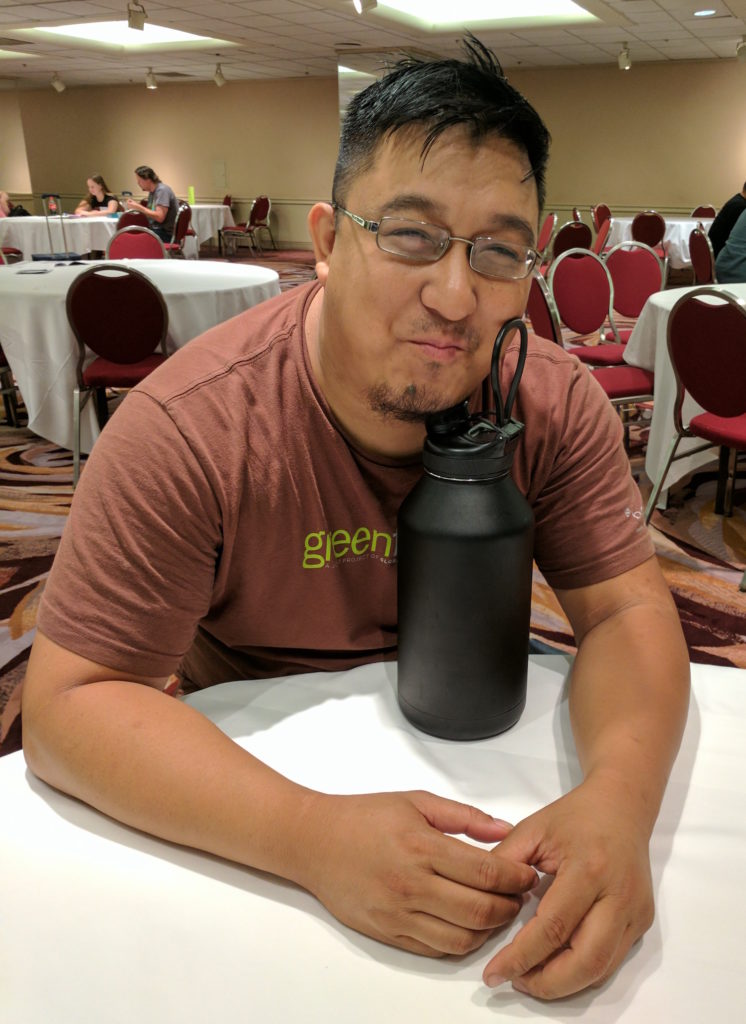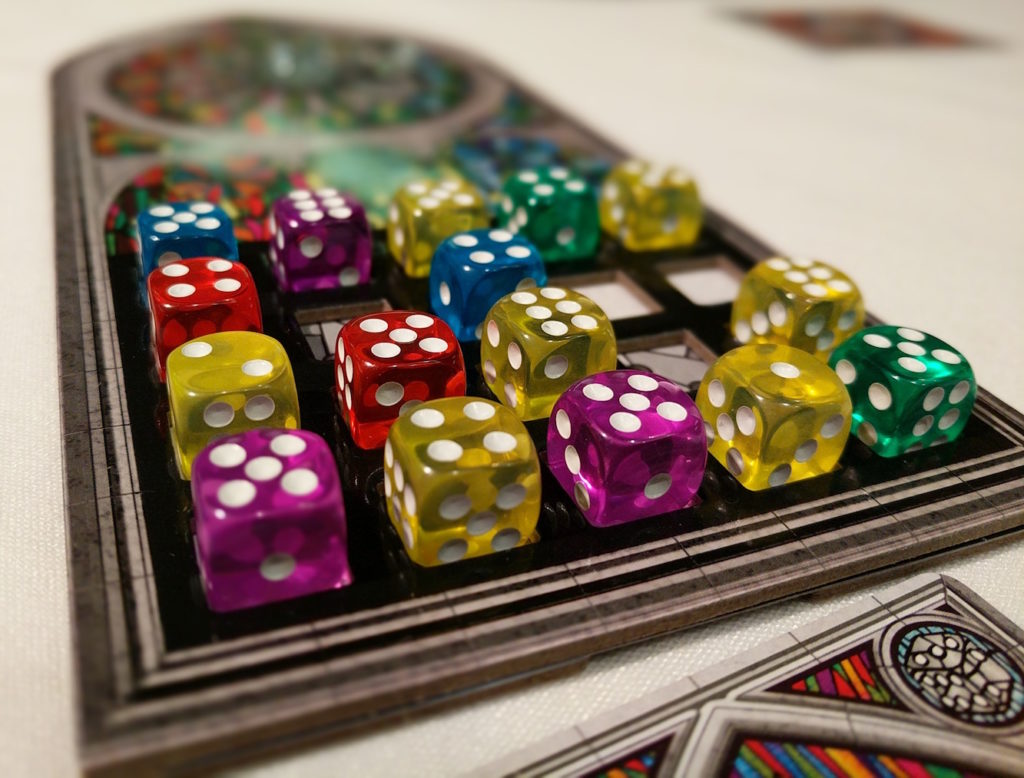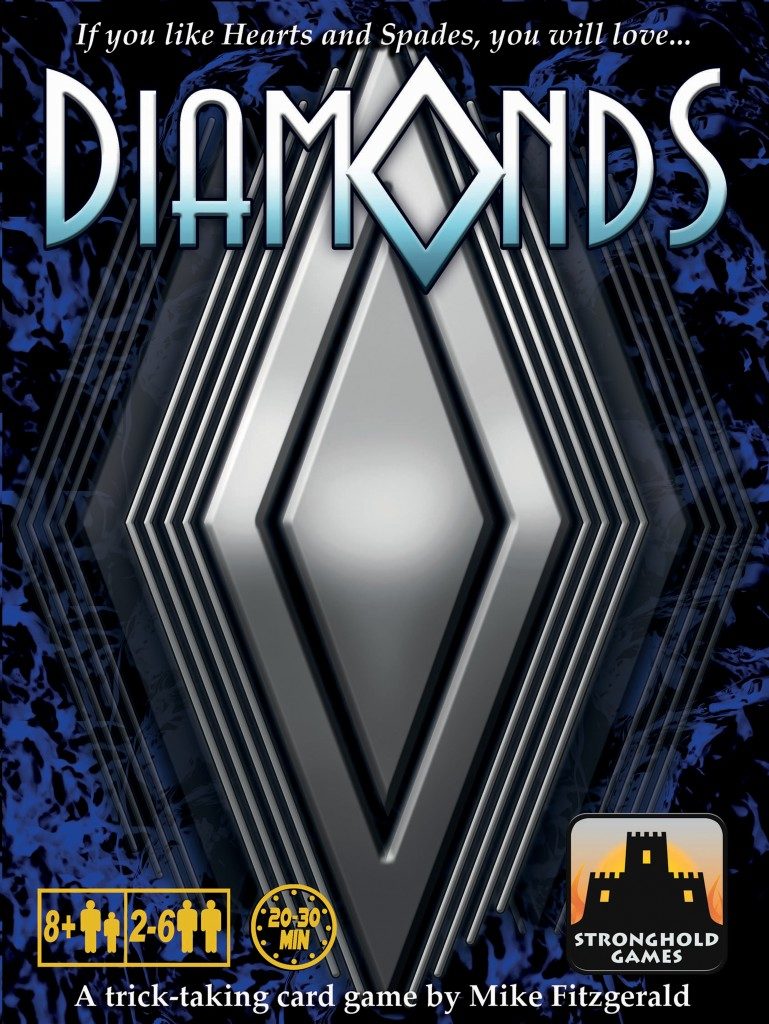One of the best things about playing board games is the time spent hanging out with your fellow human beings, bonding over your shared experience at the tabletop. Inspired by Brandon Stanton’s Humans of New York, I present Humans of the Tabletop, an ongoing series about some of the people I’ve played games with.
This initial series is from Gamex 2017, the second of three conventions hosted by Strategicon every year in Los Angeles. My heartfelt thanks to these first participants, all of whom I’m fortunate to call my friends.
“I’ve been playing the COIN (COunter INsurgencies) games series from GMT. The last one I played was A Distant Plain, based on the Afghanistan War. They’re long games and they’re fun, plotting out how to build up your troops and how to attack people. I think I’m one of the few Filipino gamers in Phoenix, so it’s always exciting to meet someone that understands your cultural heritage, your big family, your similar background. I play a lot of war games so I’m usually the only woman in the room. I feel like L.A. is a much more diverse crowd. It’s cool to see women gamers and gamers of color all around here.”
“At my first Strategicon I volunteered during the first day. After I finished, I walked around to see what was being offered in each room. The next thing I know, I’m playing one game after another. It felt like Vegas, where there’s no windows and you can’t tell what time it is. Then I experienced my first game of Werewolf at a convention. Man, I did not know what I was getting into. There were about 30 people and there were 3-4 games going on at one time. Ten in the morning rolled around and I ran into some buddies. I joined them and played more games until about 10 at night. The last game I played I was falling asleep at the table, but I finished it.”
“Outside of gaming, I train for half marathons. I do the Avengers Infinity Gauntlet Challenge, where you run a 10K on Saturday and a half marathon on Sunday. That’s 19.3 miles in two days and I’ve been doing it because I saw that shiny Infinity Gauntlet medal. Each medal has a different gemstone from the Marvel Universe. So I’m stuck running this half marathon for six years straight and after that I’m done. I’m going to lift weights the rest of my life.”
